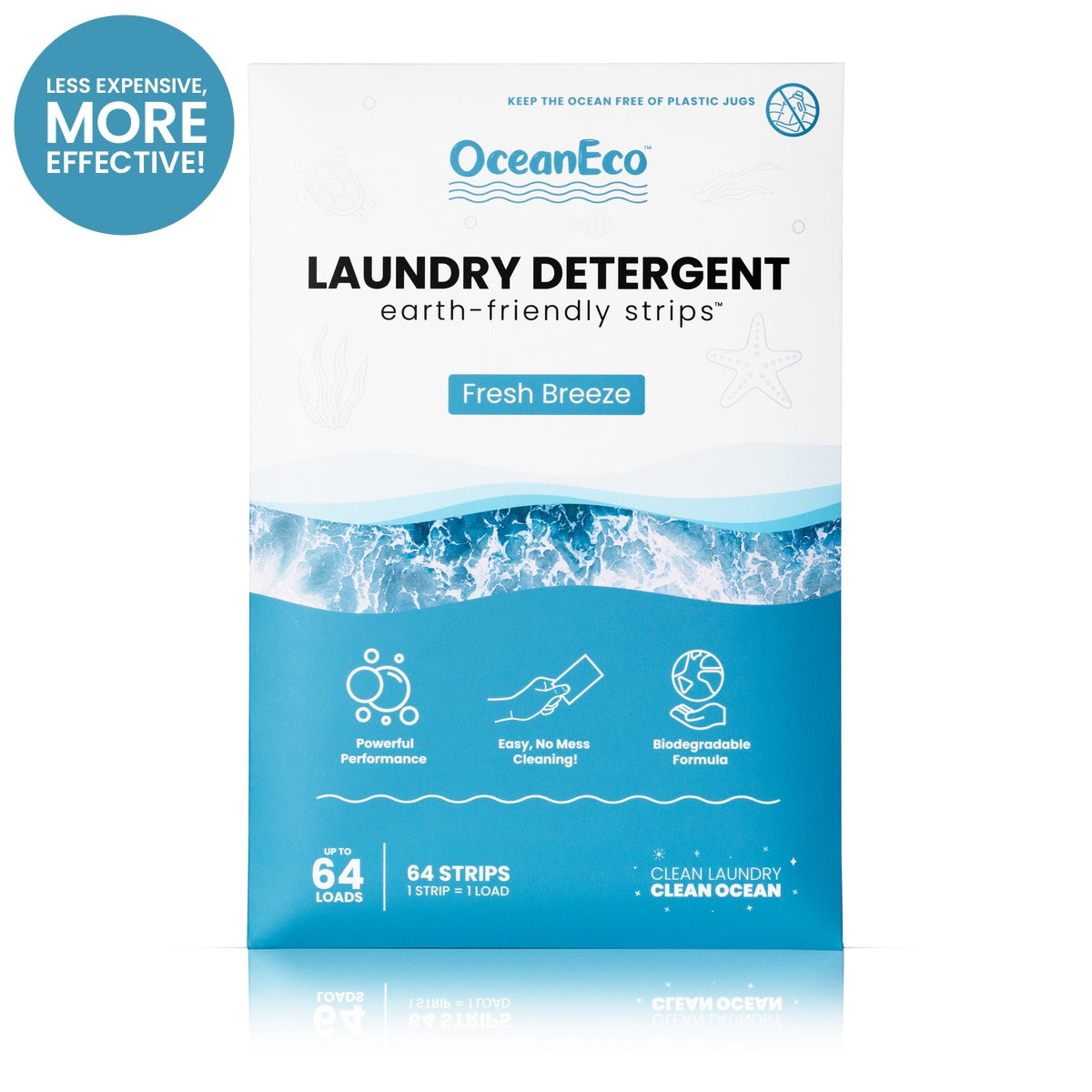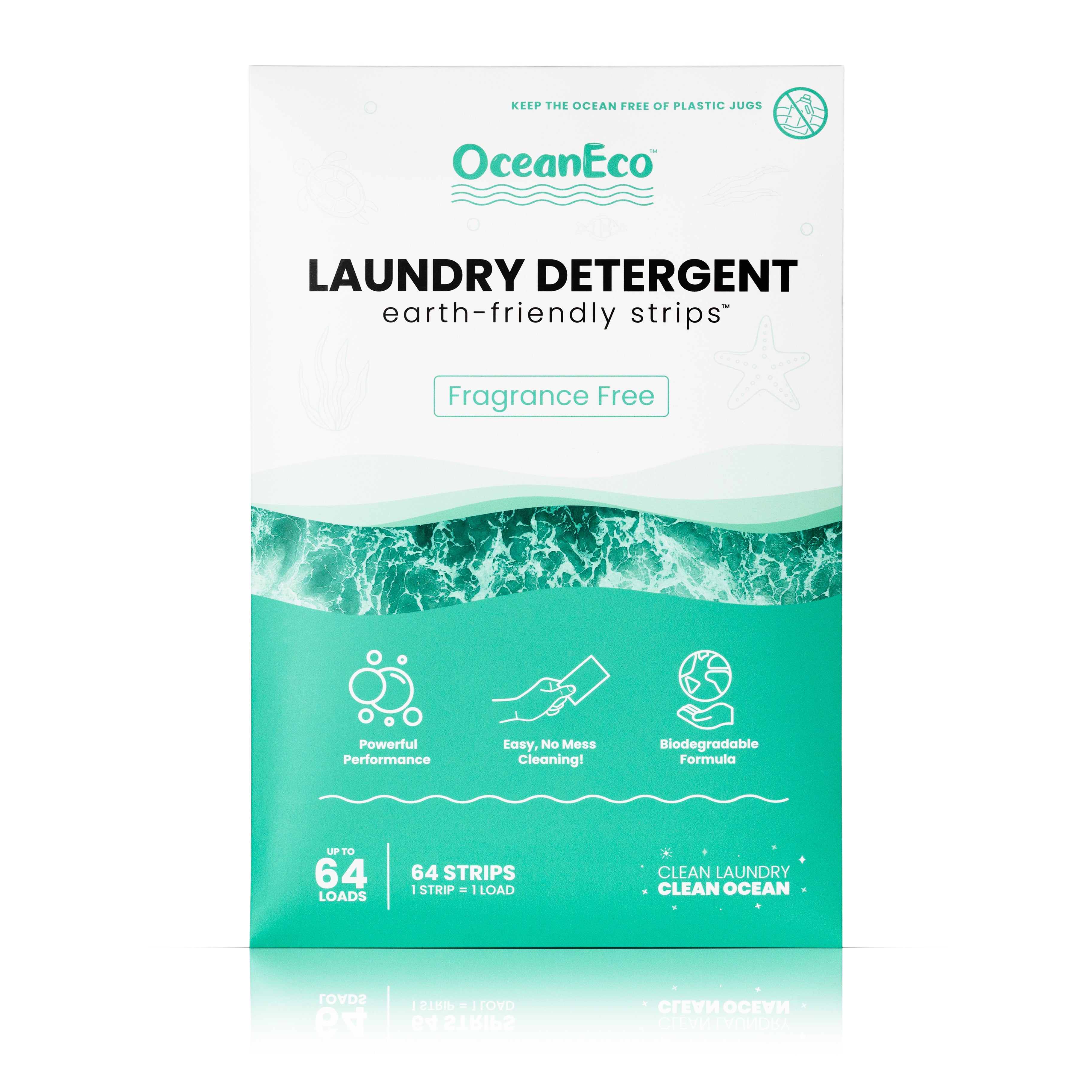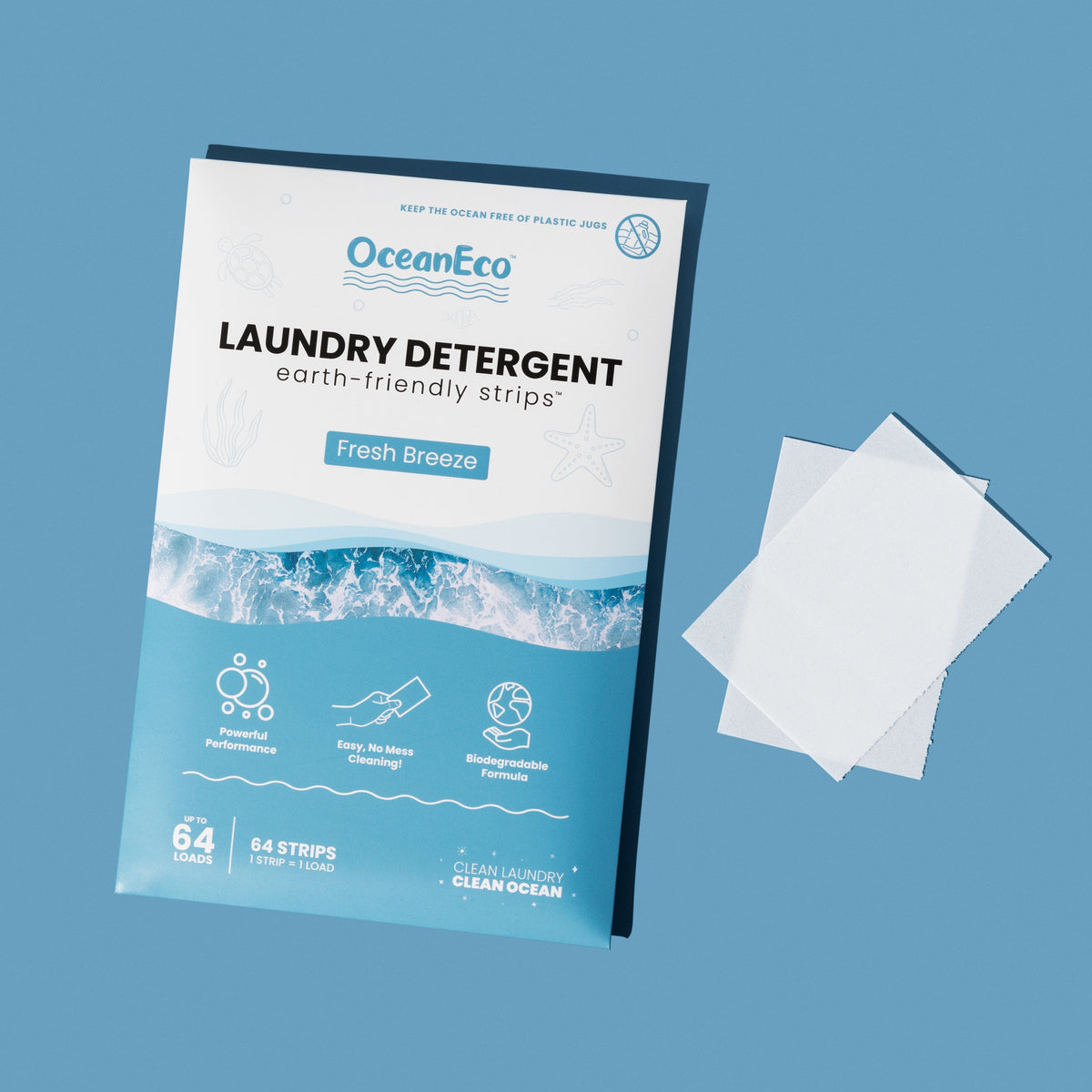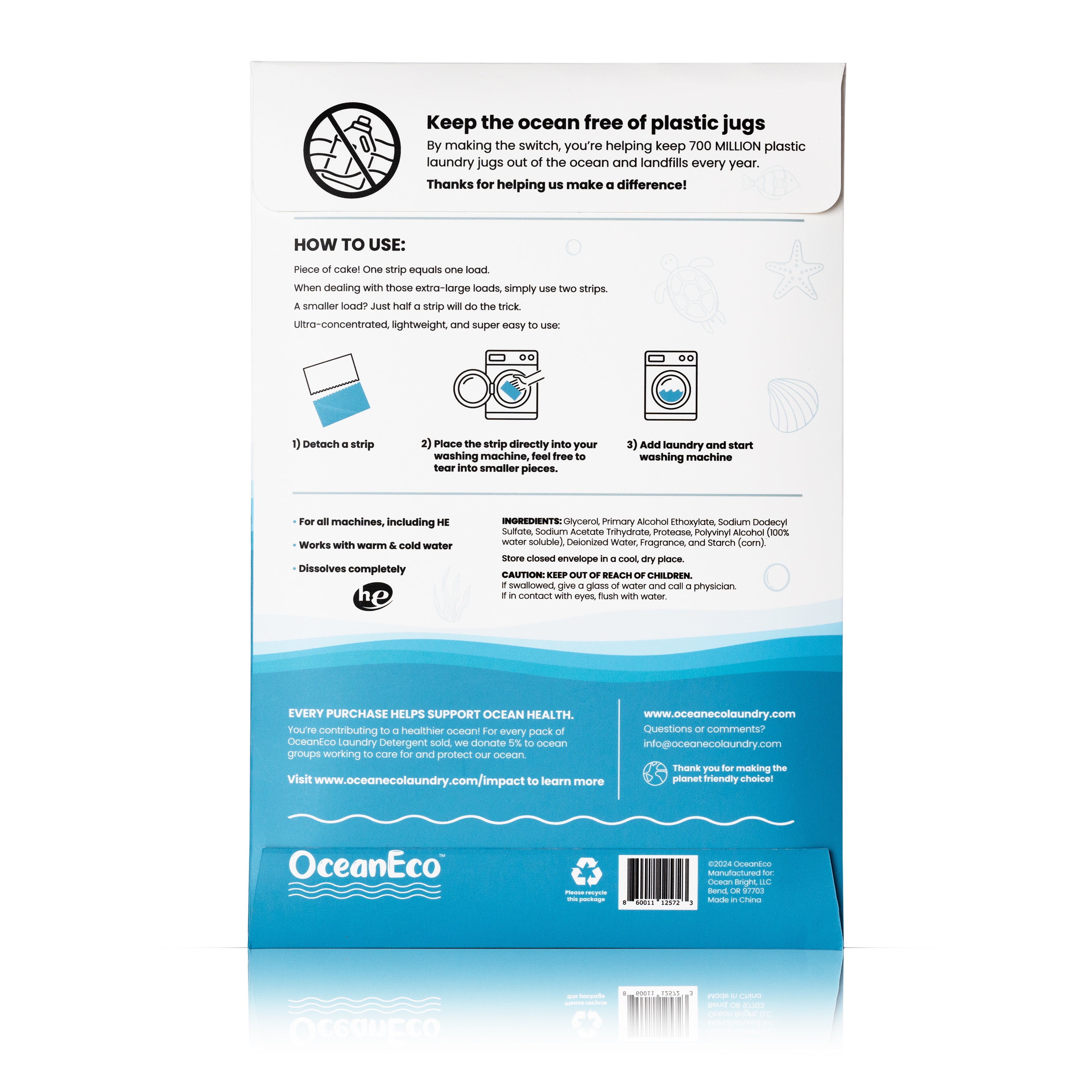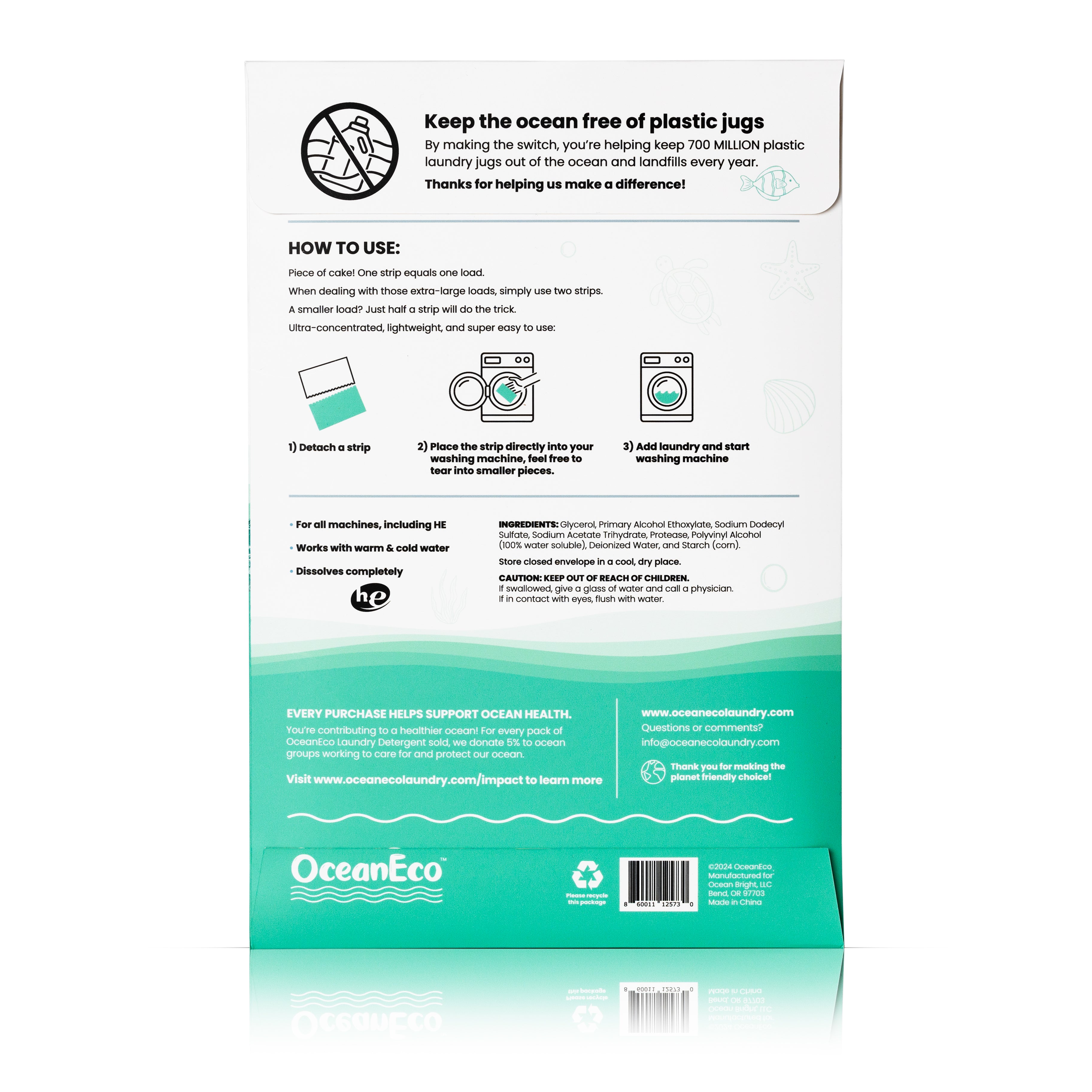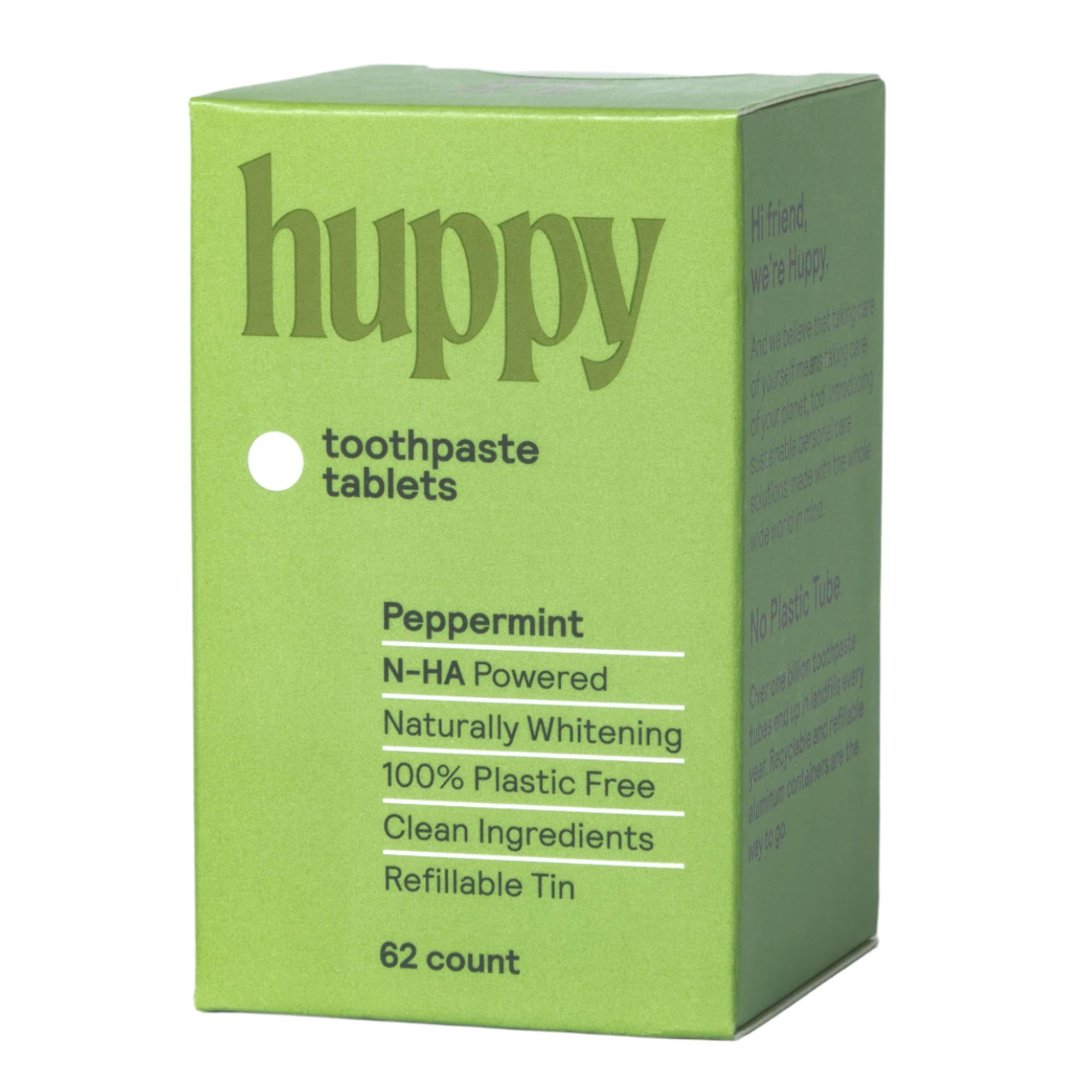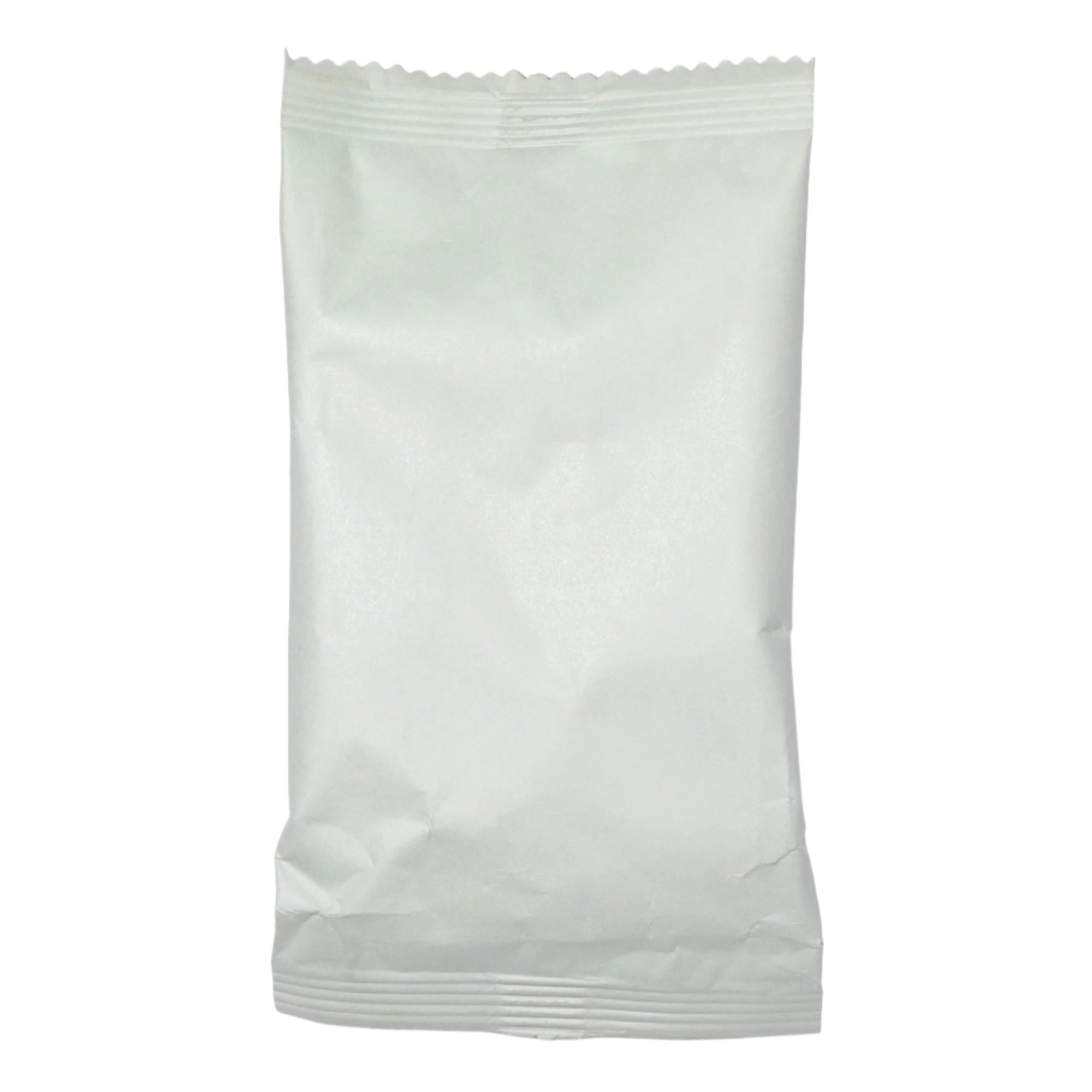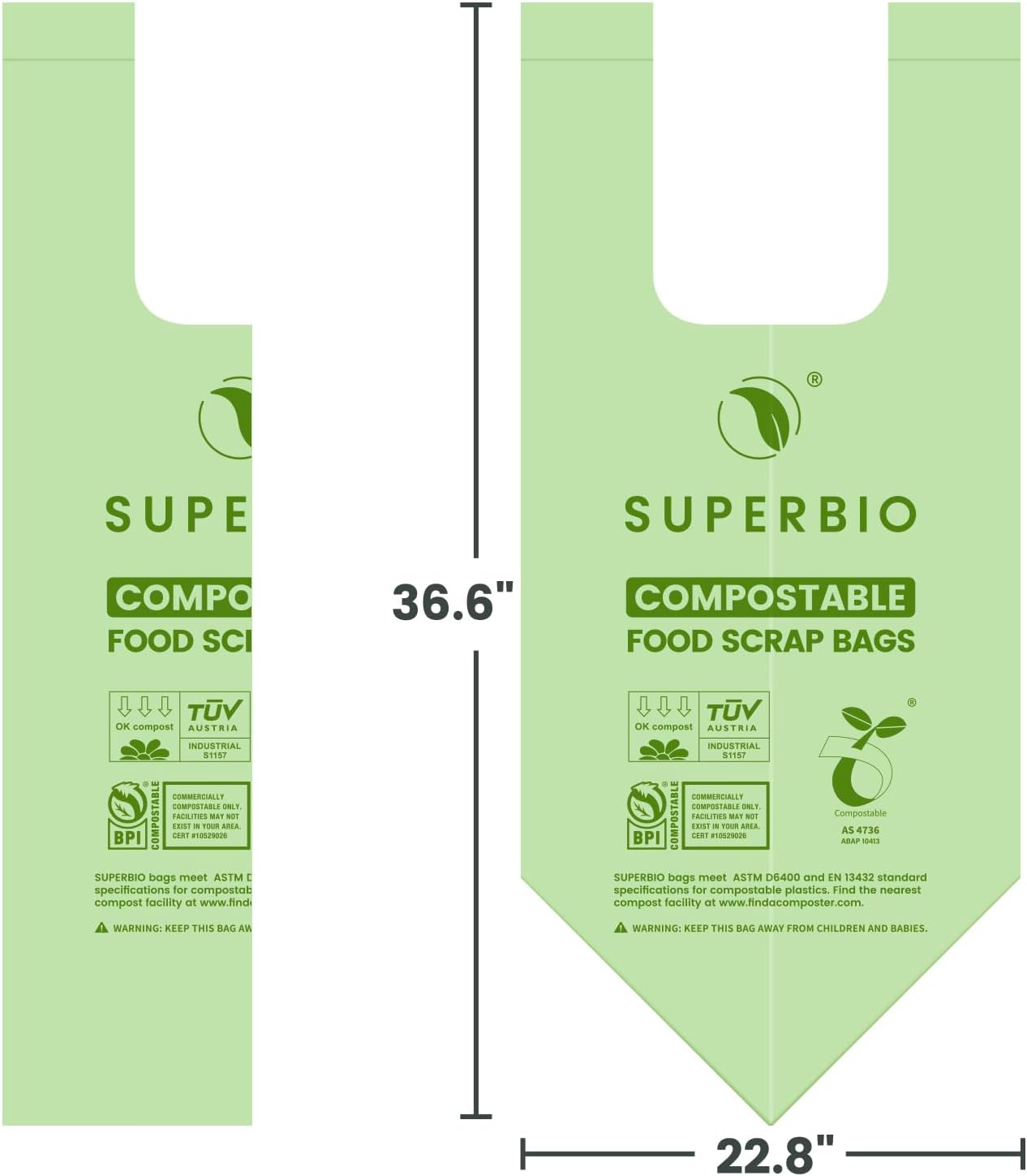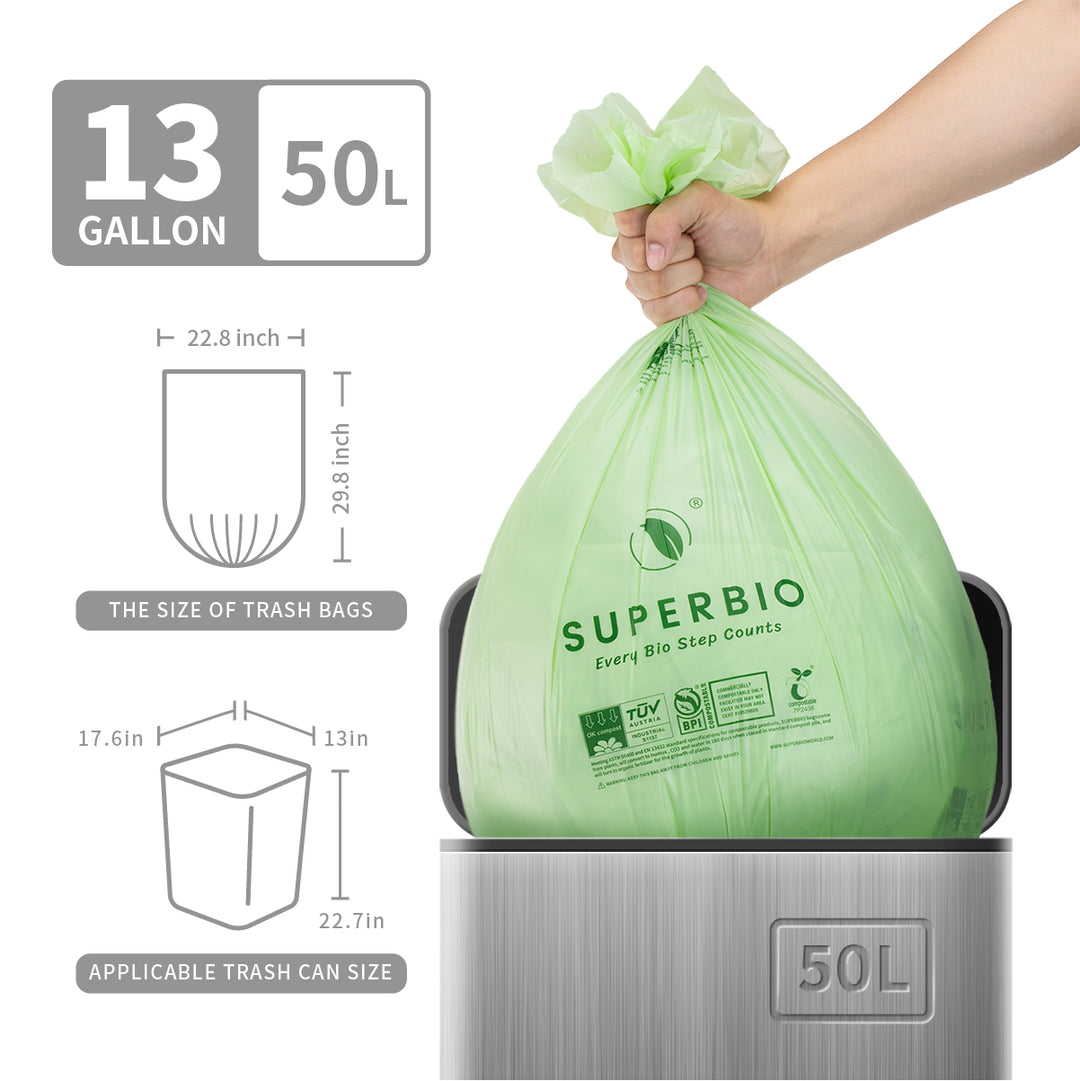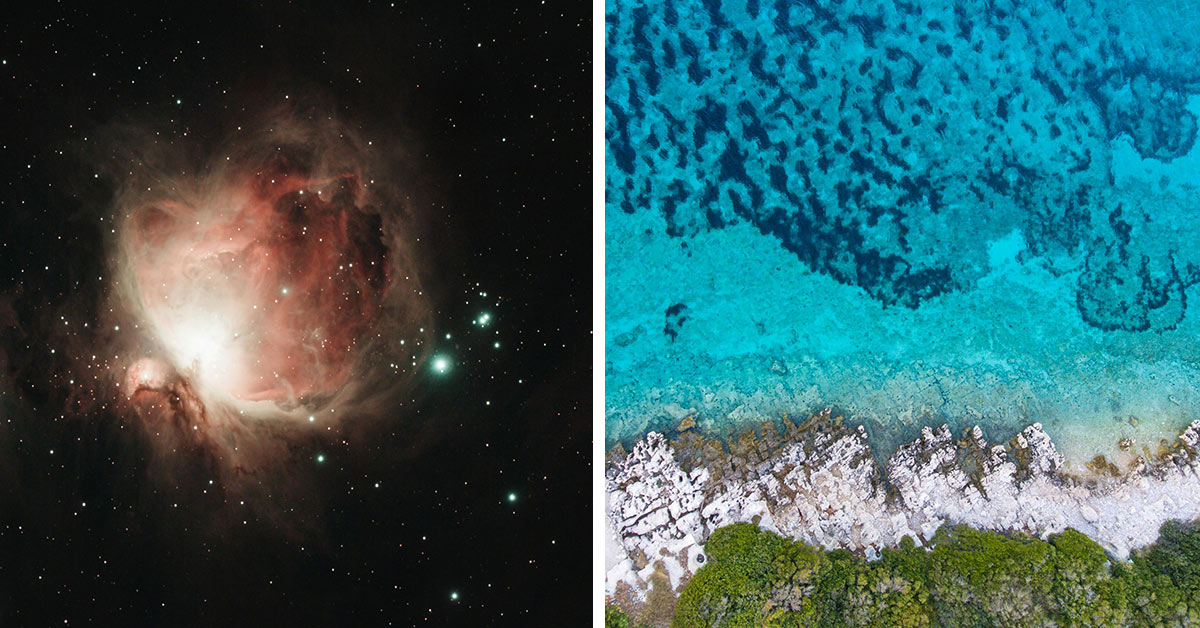Toxic Blooms Are Hijacking Dolphin Brains and Pushing Them Onto Beaches With Alzheimer’s-Like Symptoms
Beached dolphins have long puzzled marine scientists. Some wash up alive, others dead, their disorientation often unexplained. Now, new research suggests these strandings may not just be tragic accidents—they could be symptoms of neurological damage that mirrors Alzheimer’s disease in humans.
A study published in Communications Biology examined 20 bottlenose dolphins that stranded along Florida’s Indian River Lagoon between 2010 and 2019. The team discovered alarming signs of brain degeneration resembling human dementia. High levels of cyanobacterial toxins—compounds produced by harmful algal blooms that thrive in warm, nutrient-rich waters—were detected in the dolphins’ brains, particularly during summer bloom seasons. The findings, reported by ScienceDaily, point to toxic exposure as a potential trigger for the disease-like symptoms.

Dolphin strandings can coincide with harmful algal bloom seasons.
Algae Blooms and Neurotoxic Exposure
The neurotoxins β-N-methylamino-L-alanine (BMAA) and its chemical cousins 2,4-diaminobutyric acid (2,4-DAB) and N-2-aminoethylglycine (AEG) are known to attack nerve cells. Once released into marine ecosystems, they travel through the food chain, concentrating in top predators like dolphins. In the Florida study, dolphins stranded during peak bloom months had brain concentrations of 2,4-DAB that were nearly 2,900 times higher than those beached at other times of year, Phys.org reports.
Microscopic analysis revealed beta-amyloid plaques, hyperphosphorylated tau proteins, and TDP-43 inclusions—distinct biological hallmarks of Alzheimer’s disease. These same proteins are known to misfold and clog neural pathways, disrupting memory and orientation. The study’s transcriptomic analysis further revealed 536 genes with expression patterns linked to neurodegenerative processes.

Cyanobacterial toxins accumulate through marine food webs.
Climate Change and the Bloom Connection
As oceans warm and agricultural runoff accelerates, cyanobacterial blooms are spreading. Nature explains that harmful algal blooms, fueled by climate change and nutrient pollution, are lasting longer and appearing more frequently across Florida’s coastal waters. The Indian River Lagoon—an estuary stretching along nearly half of the state’s east coast—has become a hotspot for these outbreaks, receiving contaminated discharges from Lake Okeechobee through the St. Lucie River.
During bloom seasons, dolphins showed dramatic shifts in brain chemistry and gene expression. Some of these genes, including APOE and MAPT, are known markers of Alzheimer’s risk in humans. Elevated levels of 2,4-DAB were associated with increased expression of these genes and changes in synaptic signaling—key functions for cognition and navigation. Researchers observed that each successive bloom season compounded these effects.

Agricultural runoff and sewage fuel bloom intensity.
Environmental Warnings From the Sea
Dolphins serve as environmental sentinels, warning of ecological stressors that could also affect humans. “Since dolphins are considered environmental sentinels for toxic exposures in marine environments, there are concerns about human health issues associated with cyanobacterial blooms,” toxicologist David Davis of the University of Miami told Newsweek.
On the island of Guam, populations exposed to similar cyanobacterial toxins have shown increased rates of neurological disease—suggesting these marine toxins may not stop at the shoreline. Chronic exposure to BMAA and related compounds has already been linked to dementia-like disorders in both animals and people.
The findings from Florida’s stranded dolphins offer a chilling reflection of the planet’s changing oceans. As warming seas drive blooms to intensify, the same toxins that cloud dolphin minds may pose broader risks to marine ecosystems—and potentially to us.





























































































































































































